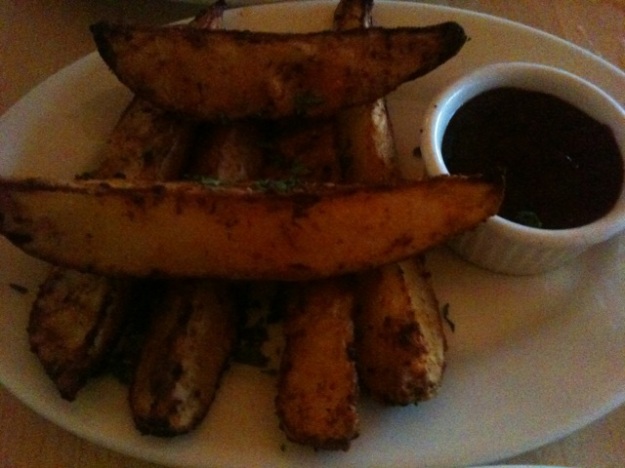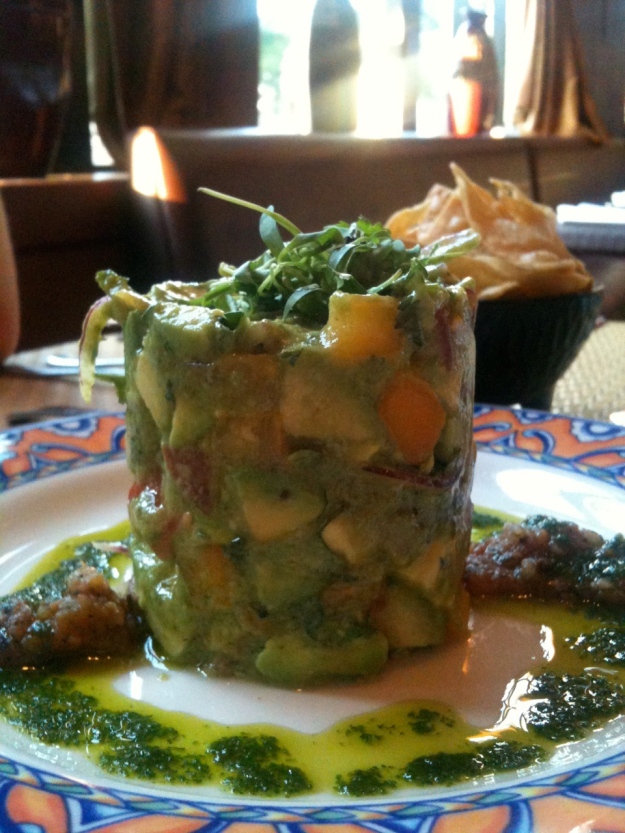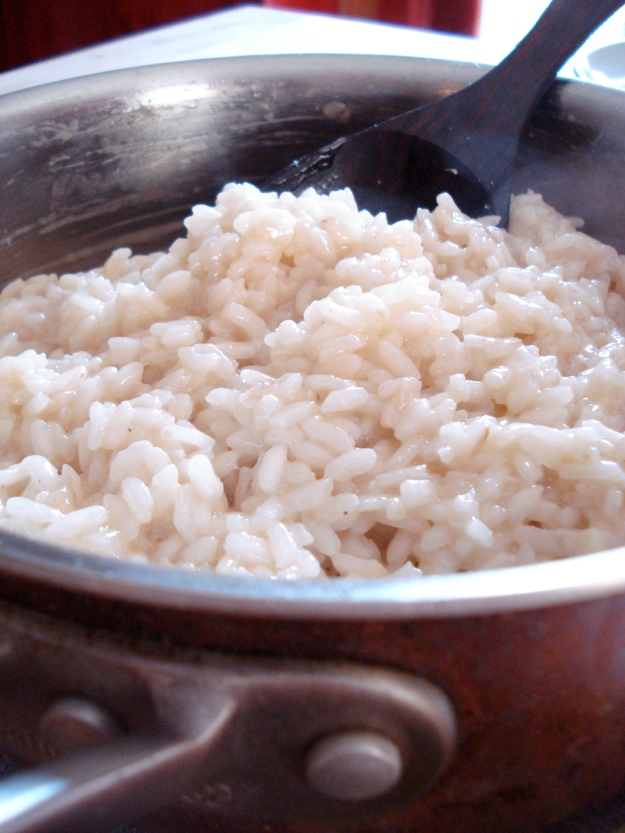Sometimes, the best part of the party is when it’s over. There’s nothing quite like the Friday after Thanksgiving when the house is clean, the refrigerator is full, and you get to do whatever you’d like until Sunday. For those of us that don’t go to the mall, it’s the most delicious weekend of the year.
Of course, the first thing to do is make turkey stock. At our house, there was so much carcass I used two large stockpots, which inadvertently taught me an important lesson.
In one pot, I put the the most juicy bits — the neck, organs, and a few cups full of the Moscato-laden brine the turkey soaked in for 24 hours. In the other, I put the bones and water. In both, I put the usual array of onions, carrots, garlic, peppercorns, and bay leaves. After the course of one James Bond movie, the difference between the two stocks knocked my socks off. The stock with the juicy bits and brine was dark, rich, and unctuous. The other stock was light in color and lacking personality. The first stock tasted like the work of a professional kitchen, and I instantly knew why exceptional stock is so revered in making sauces. Lesson learned: when making stock, I should go out of my way to get and cook with the parts of the animal I usually avoid.
The next day, Argos and I took a long walk in the dog park in the first of the winter snow. Cold, tired, and hungry, we came home and made turkey biryani, following this recipe from the New York Times. I was thrilled when I realized not only did I have all the ingredients — I also had gallons of homemade stock from the day before. I saved the amazing stock and used the lighter one, figuring the Indian spices were all I needed to add flavor to this meal.
This recipe was a joy to make — marinating turkey in yogurt, frying onions in ghee until brown, and following the suggestion of the recipe writer to taste the broth to make sure it’s “well salted and highly seasoned.” To me, fewer words ring more true. Happy thanksgiving. May you turn your all-American leftovers into exotic meals.


























